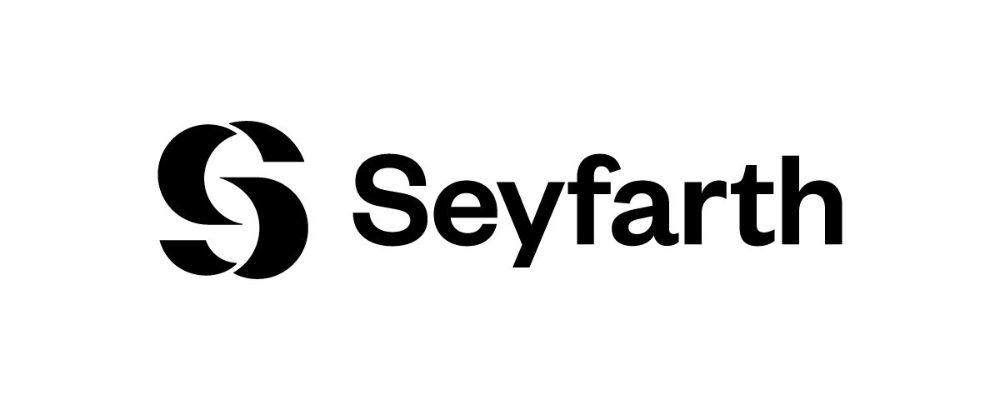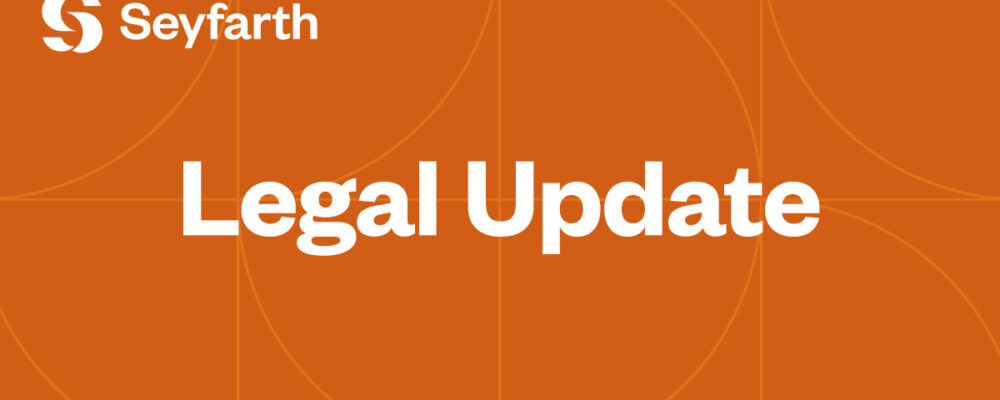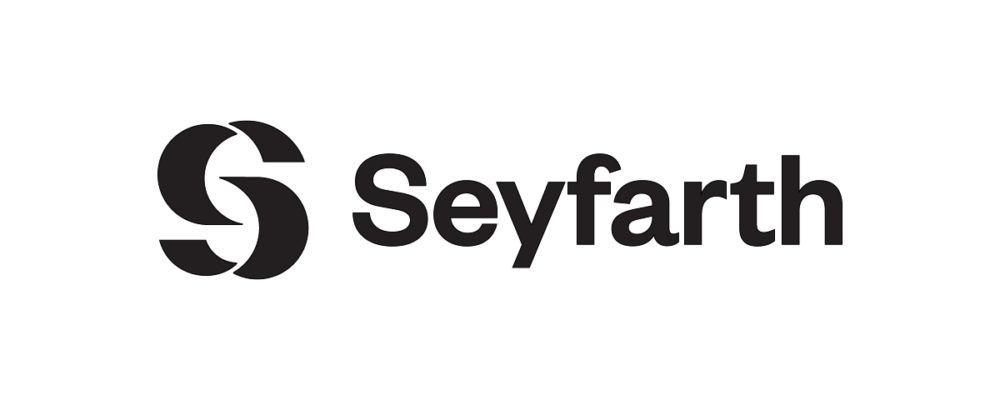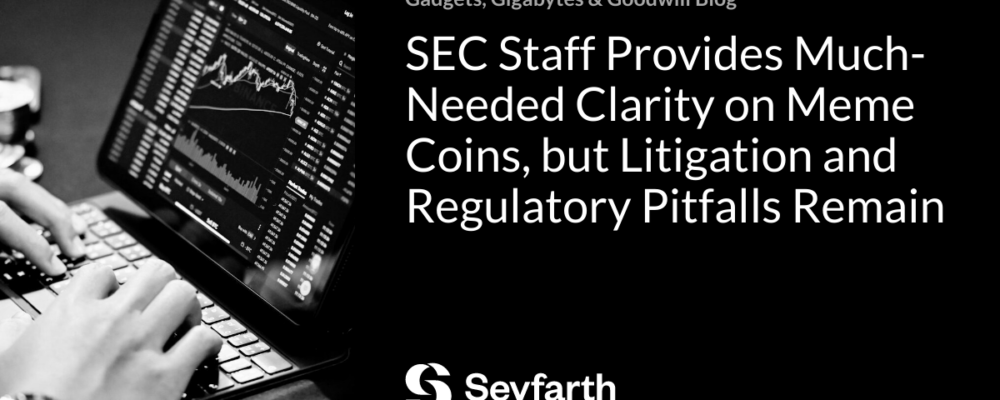Several U.S. courts are addressing lawsuits brought by artists alleging that AI-generated art infringes on copyrights held by the artists for their artwork. In one of those cases, a California federal judge recently indicated that he would dismiss the bulk of the plaintiffs’ complaint, while giving them a chance to re-plead their claims. A written decision from the court is forthcoming, and that decision could be an important one for plaintiffs and defendants alike in current and future AI-related copyright cases.
In Andersen, et al. v. Stability AI Ltd., et al., Case No. 3:23-cv-00201-WHO (N.D. Cal.), three artists—Sarah Andersen, Kelly McKernan, and Karla Ortiz—brought suit against Stability AI Ltd., Stability AI, Inc., Midjourney, Inc., and DeviantArt, Inc. Plaintiffs alleged that Stability AI “copied and scraped” billions of images to train an AI tool called “Stable Diffusion.” These images allegedly included those originally created by the plaintiff artists. Meanwhile, the other two defendants created programs allowing users to access Stability AI’s tool, which generates images in response to text prompts entered by users. Plaintiffs asserted that the defendants’ conduct resulted in, among other things, copyright infringement of the plaintiffs’ artwork. Plaintiffs also argued that the defendants engaged in vicarious copyright infringement by permitting their users to enter text prompts that resulted in infringing images.
All of the defendants moved to dismiss. Among other things, the defendants pointed out that only Sarah Andersen asserted copyright registrations; the other two plaintiffs did not and were therefore precluded from pursuing infringement claims. The defendants also argued that the plaintiffs failed to allege specifically which of their artworks were infringed, or to identify any particular AI-generated images that constituted infringing images. The defendants further argued that plaintiffs could not plead copyright infringement because the plaintiffs conceded that none of the AI-generated images would “likely . . . be a close match” to the original art used to train the AI program. According to the defendants, the Ninth Circuit requires that images be “substantially similar” in order for a plaintiff to succeed on an infringement claim, and thus plaintiffs had pled their way out of their claims. The defendants also argued that plaintiffs failed adequately to allege which defendant engaged in which conduct, with two of the defendants arguing that most of the alleged conduct was carried out by Stability AI, rather than by the other defendants.
In response, the plaintiffs conceded that only Ms. Andersen had alleged registered copyrights, but argued that she had adequately identified which of her images had been infringed by alleging that all of her registered works had been infringed. The plaintiffs also argued that they alleged viable infringement claims because the defendants, by copying their works to train the Stable Diffusion tool, had violated the plaintiffs’ exclusive right to copy the art. Because the defendants allegedly copied the plaintiffs’ artwork, plaintiffs contended that they did not have to satisfy the “substantially similar” standard. Even so, plaintiffs argued, they met the standard because “[i]t is reasonable to infer that substantial similarity exists between the output image [generated by the AI] and the source images [created by human artists] that have been blended to create a particular output image . . . .”
The defendants countered by arguing that Ms. Andersen failed to specifically allege which, if any, of her registered works were infringed, and that the “substantial similarity” test applies in situations like this one, where the allegedly infringing art is not an exact copy of the plaintiff’s art. Defendants also argued that because Stable Diffusion does not store copies of the images used to train the AI program, there was no improper copying and storage of the plaintiff’s artwork. Moreover, to the extent training an AI program constitutes infringing “copying,” only Stability AI engaged in that “training conduct.”
During a hearing on July 19, 2023, the California federal judge overseeing the case indicated that he was inclined to dismiss the plaintiffs’ entire complaint, while permitting them leave to try to re-plead their claims. The judge indicated that, upon re-pleading, if any claims could proceed, it would likely only be the claims asserted by Ms. Andersen against Stability AI. He further stated that the plaintiffs needed to better allege which defendant did what; that the plaintiffs might not be able to assert viable claims against the other defendants; and that the other two plaintiffs did not appear to have viable claims due to their lack of copyright registrations.
The judge stated that he would issue a written order regarding the motions to dismiss. It remains to be seen whether that order will match exactly what the judge stated during the July 19 hearing. The written decision ultimately issued by the court could be important for AI-related copyright infringement cases in the Ninth Circuit and elsewhere. Depending on how the court rules and what the decision says, the written order could potentially provide both plaintiffs and defendants with a roadmap for how to allege or defeat AI-related copyright infringement claims going forward.
“With approximately 900 lawyers across 17 offices, Seyfarth Shaw LLP provides advisory, litigation, and transactional legal services to clients worldwide.”
Please visit the firm link to site





